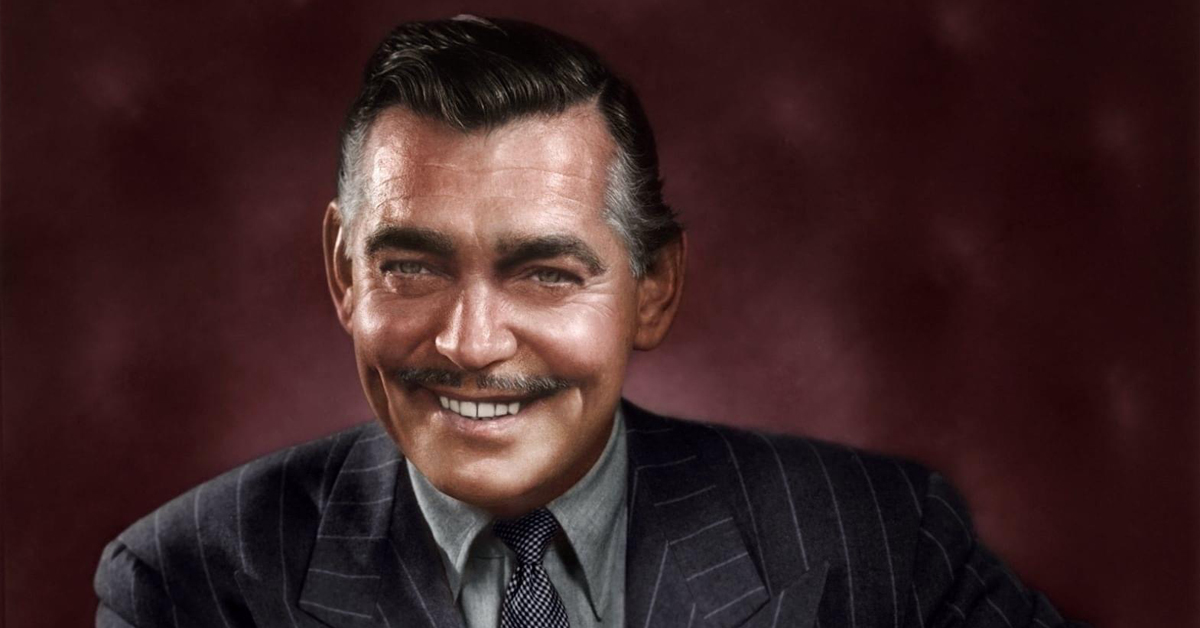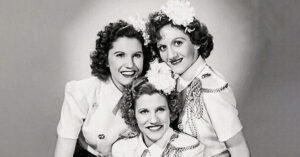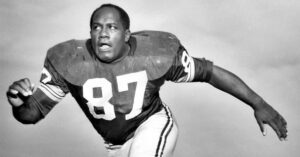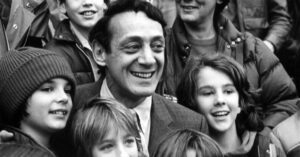Clark Gable was The King. Hollywood Royalty. The biggest star in the world. He once said, “The only reason people come to see me is that I know life is great — and they know I know it.”
Gable did not start out on top, however. Darryl Zanuck remembered Gable’s screen test, “His ears were too big. He looked like an ape.” Then Clark Gable and King Kong became the biggest stars of the 1930’s.
The turning point for Gable was the one electrifying scene (at least for its time) in A Free Soul (1931). He interrupted Norma Shearer seemingly posing right and left for glamour stills, and he got rough with her. He was going to shove her around and make her like it; that’s what the scene called for. She liked it. Most everyone did. Men and women alike thought Gable was sensational. That scene made Gable a star. Plus it ended an era for romantic leading men like Rudolph Valentino and John Gilbert. And it paved the way for rugged new heroes like Cagney, Bogart, and Raft. Tough guys.
Irving Thalberg said Gable was “a man every woman wanted, and every man wanted to be.”
Suddenly Gable was in big demand around the lot at M-G-M. He made twelve features in 1931. The mysterious, inscrutable Greta Garbo saw A Free Soul and asked for Gable immediately.
In 1926, on a whim, Thalberg bought a racy but turgid novel called Susan Lenox (Her Fall and Rise) (as opposed to her rise and fall). Film historian Barry Paris described its text as “wish fulfillment for women who could only hope to achieve luxury and adventure through some morally sanctioned form of sex.”
Adapting this property was always intended as a Garbo vehicle. John Gilbert was originally supposed to co-star, and King Vidor would direct. Neither one did, however. It would be Gable, with Robert Z. Leonard directing.
Production dates ran from May 21 through July 6, 1931. Garbo walked off the set six times. But not “to be alone,” as she seemed to always crave. Garbo and Gable did not get along. They couldn’t agree on anything, down to even the time of day. Maybe it didn’t help that his salary was $350 per week while she was paid $250,000 per picture! The disparity struck Gable as a capital offense. Besides, he found her to be boring.
Following a disastrous preview, extensive rewrites and retakes began on Susan Lenox in mid August to fix the meandering screenplay, if possible. It was not possible. Susan Lenox is fascinating to watch, but the story is the height of improbability.
Finally the picture was released on October 10. The ad campaign on theater poster art shouted, “Don’t miss the one and only Garbo in the arms of Clark Gable.”
The reviews on Susan Lenox were essentially positive, although often criticizing the contrived story as “warmed over Garbo.” VARIETY, for once, got something wrong, predicting that the “teaming with the great Garbo, of course, marks the peak of Gable’s vogue.”
Fatally defective thinking!
On behalf of William Randolph Hearst, Louella Parsons liked Susan Lenox, writing that Garbo and Gable “bring to their love scenes a breathless, inevitable passion, a smoldering intensity that is going to have the fans shivering with delight.”
As the Depression deepened, most of the studios lost money. Not Paramount, and not M-G-M. Susan Lenox cost $580,000. Nearly half was paid to Garbo, with which she purchased most of the property along a street in Beverly Hills known as Rodeo Drive. Still the picture earned money and returned a net profit after all expenses of $364,000, a huge return on investment, especially in view of economic conditions worldwide.
The film was indeed a Garbo showcase, but Gable was the attraction at the box office. Director Howard Hawks, another man’s man, once summarized Gable’s appeal. He thought Gable played a kind of heavy, a heavy with a grin that promised sexual prowess.




